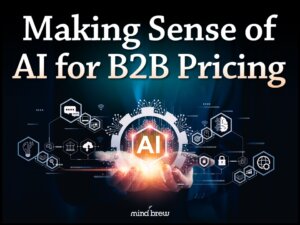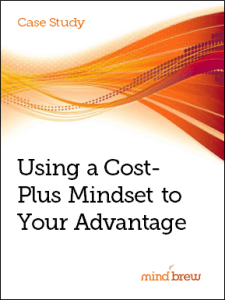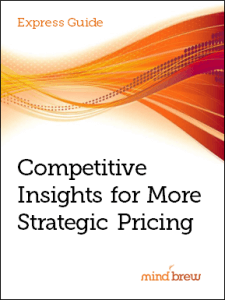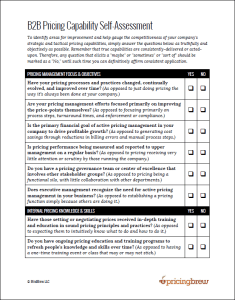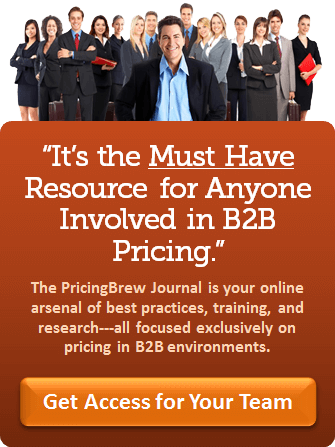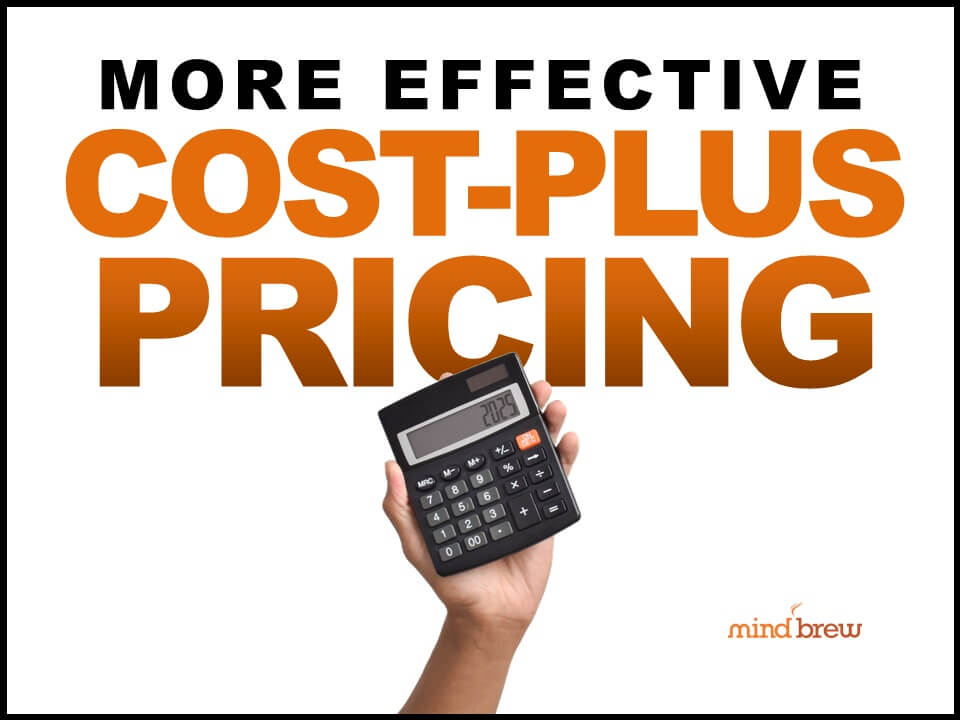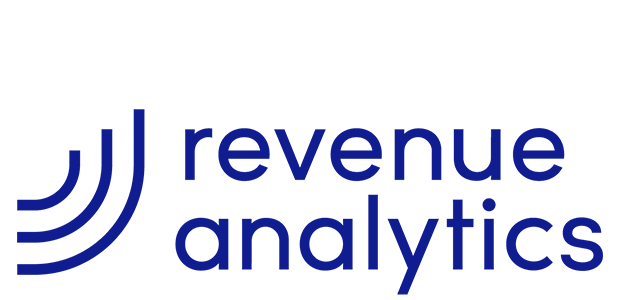In the recent Future Proofing Your Pricing Career training session, we talked about how the pace of change in B2B seems to be accelerating. It’s always been fairly brisk, but lately it’s been pushing Mach 2. Every week seems to bring a new tool, a new trend, or hot “must-do” tactic or “must-have” capability that supposedly changes everything…yet again.
But through all the noise, three very real forces are quietly and relentlessly reshaping what it means to work in B2B pricing. Ignore them and you’ll eventually find yourself scrambling to catch up. Adapt to them and you’ll probably sleep a whole lot better at night.
The first force we explored in the session is extreme automation.
And no, this didn’t all start with ChatGPT. The drive for “automation anywhere and everywhere” has been marching forward for decades. The advent of GenAI just stomped on the accelerator with both feet. What used to require teams of analysts, lots of caffeine, and many hours or even days, can now run in the background every night at 9:05. AI-based systems can cleanse and transform data, stitch together multiple platforms, build dynamic segmentation models, and generate “optimized” price recommendations, all before lunch.
That’s amazing…and slightly terrifying.
The implication is that if your day-to-day job involves moving prices from one place to another or performing the same pricing analysis again and again, you’re waving a flag that says, “Automate Me Next!” The pricing professional’s job is rapidly changing from “doing the work” to “designing how the work gets done.” Tomorrow’s pricing pros will design, guide, iterate, and validate the automated systems that will crank out the work. They’ll also be the ones who can explain what the systems are doing and answer the inevitable question, “So how did we get to this price?”
The second force is the rise of the empowered buyer.
Commercial buyers are becoming more sophisticated, more informed, more self-directed, and more impatient every day. They research independently, compare options globally, and arrive at the negotiation table armed with training and data. The structural asymmetries that once favored sellers…inside knowledge…control over information…limited choices and scarcity of supply…are all eroding away.
For pricing professionals, this means we have to be even better at the strategic aspects of pricing in order to create new asymmetries rooted in greater insight, relevance, and understanding of customer needs and values.
We have to become experts in how different segments derive and perceive value, how those perceptions influence willingness-to-pay under different circumstances, and how the alternatives stack up on what matters most. We have to get even better at translating those insights into credible, evidence-based value propositions and pricing structures. We have to work even closer with marketing and sales to ensure that those compelling value messages are actually being delivered and reinforced throughout buyers’ decision-making processes.
Simply put, as commercial buyers get better at what they do, we B2B pricers have to get better at what we do.
The third force we discussed in the session is the strategic imperative.
Now, this is a “good news, bad news” sort of thing. The good news is that pricing is finally graduating from being a nebulous support function to being viewed as a powerful strategic business lever. The bad news is that with great power, comes even greater performance expectations.
Increasingly, executives no longer want to hear about how many price exceptions we processed or how many RFPs we analyzed. They want to see a direct line between the work we’re doing and the company’s growth and profit performance. The days of “well we’re busy, so we must be adding value” are in the rearview mirror.
If we want to get and keep a seat at the table, pricing professionals will have to speak the language of bottom-line impact, shareholder returns, and strategic alignment. We’ll have to get better at connecting our pricing efforts to business outcomes, quantifying our contributions, and communicating them effectively to top decision-makers and other stakeholders.
Moving forward, those who can clearly demonstrate how better pricing is leading to better business performance will thrive, while those who continue to focus on tasks and reports will likely struggle to justify their roles.
None of these forces…extreme automation, more empowered buyers, and the strategic imperative…are temporary fads. Nor are they new. They’ve been building for many years and are now converging ways that can’t help but transform B2B pricing roles. The professionals who succeed in this new environment will be those who proactively adapt to the emerging realities.
They’ll invest in skills that machines can’t easily replicate, like domain knowledge, judgment, creativity, communication, persuasion, and cross-functional leadership. They’ll learn to design, guide, and explain automated systems. They’ll deepen their understanding of buyer behaviors and differential value. And they’ll make sure that their work is clearly driving strategic outcomes.
Standing still isn’t an option. In today’s environment, standing still is just falling behind. But for those willing to evolve with these trends and become architects instead of operators, strategists instead of technicians, the future of B2B pricing isn’t something to fear. It’s something to shape to our advantage.


